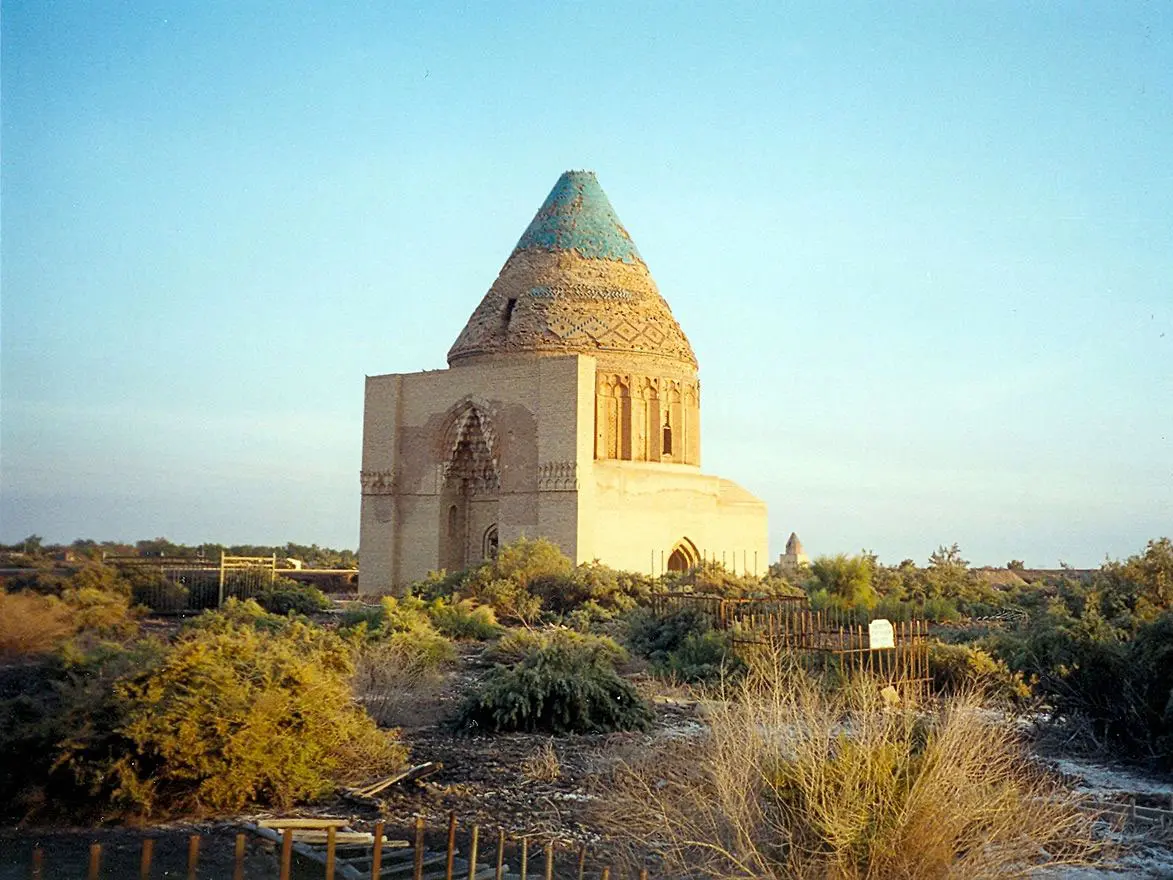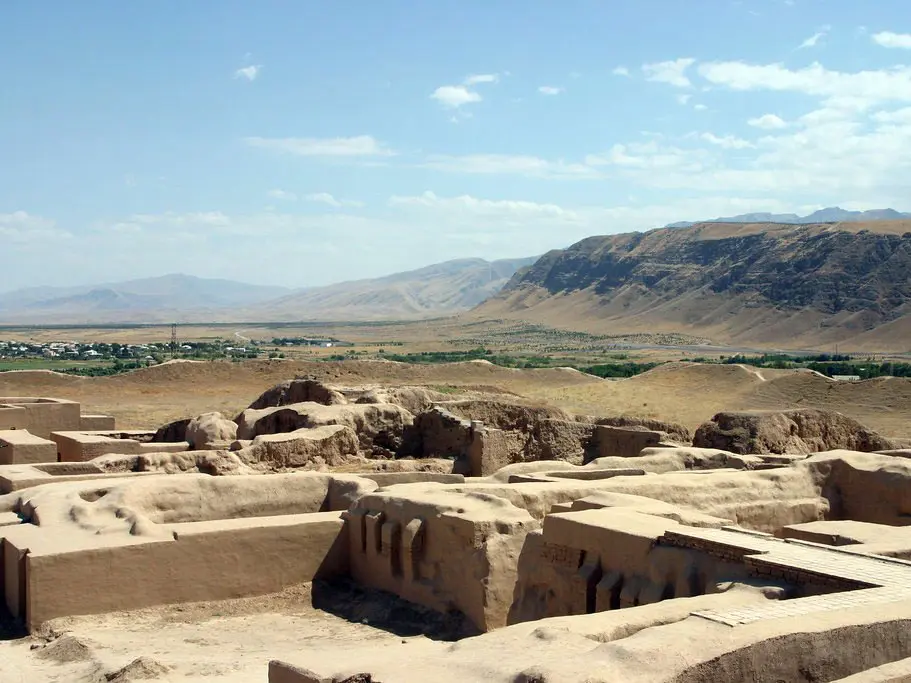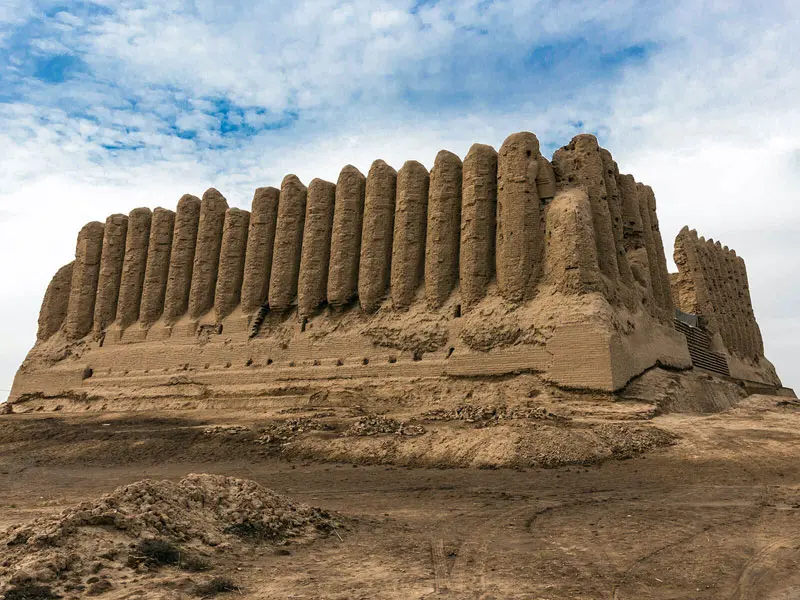Turkmenistan is one of the countries of Central Asia bordering with Afghanistan, Uzbekistan, and Iran. The country is quite interesting and attractive with its rich history, culture, traditions and Silk Road was one of the most important factors of the development of the region. Investigating the country, we have found three historical and cultural sites included in the list of UNESCO World Heritage Sites.
UNESCO Sites in Turkmenistan: Kunya-Urgench

Kunya-Urgench is located in the north-western part of Turkmenistan, on the bank of Amu Daria River. The ancient region of Khorezm with the capital of Urgench was once the part of the Achaemenid Empire. The great part of the heritage of that era have been lost, still, some unique historical monuments have been preserved and got the status of World Heritage Site in 2005. Most of the architectural monuments date back to XI-XVI centuries. The traveler Ibn Babbuta described Urgench as the city that shakes under the weight of its population.
The most important and eye-catching monument of Kunya-Urgench is the Kutlug-Timur Minaret of XI-XII centuries. It towers above the main mosque of the town. The façade is beautifully decorated with inscriptions. The height of the minaret is about 60 meters and it is the tallest minaret in Asia.
Another monument, the Turabek-Khanum is of XIV century mausoleum with a tiled façade and decorations. The tiles and mosaic give the appearance of the night sky while the arches of the mausoleum are associated with calendar keeping.
Besides being archaeological site Kunya-Urgench is now a religious centre in the region. The territory of the town is protected by national legislation. All the historical monuments of Kunya-Urgench are included in the National Heritage List.
UNESCO Sites in Turkmenistan: Parthian Fortresses of Nisa

Nisa was once the capital of the Parthian Empire dominating Central Asia in the III century BCE. The ruins of Nisa are now located 18 km from Ashgabat. The fortress stood on the crossroads thus being an important trading centre for the region.
Nisa was a prosperous city with palaces, temples and wine warehouses. Parthian Empire was one of the most powerful eras for Central Asia that played a crucial role in history. Its powerful fortress wall could even stop troops of the Roman Empire to expand further to east.
The historical site is now protected and is part of State Historical and Cultural Parks. In 2007 Parthian Fortresses of Nisa were listed in UNESCO World Heritage Sites.
UNESCO Sites in Turkmenistan: State Historical and Cultural Park “Ancient Merv”

Merv was the first historical site included in the UNESCO World Heritage Sites list in 1999. It is considered the oldest oasis-cities along the Silk Road. In the VII century, Merv was the centre o Arab expansion, after Baghdad became the capital of the Arabian Empire, Merv was turned into the capital of Khurasan. Up to the X century, it was the third-largest trading, cultural, religious and military centre in the region.
Today State Historical and Cultural Park “Ancient Merv” is an archaeological centre with the remains of the Bronze Age (Adji Kui, Gonur, Togoluk, Kelleli), Iron Age (Takhirbaj Depe, Yaz/Gobekli Depes) and post-medieval city. The territory covers about 353 ha. This historical and cultural park was created in 1987 to protect the ancient monuments. It is now the property of the Republic of Turkmenistan and all the historical sites are included in the National Heritage List.
Choose the Tour to Central Asia you like most and we will organize your amazing holidays in 5 stans.













